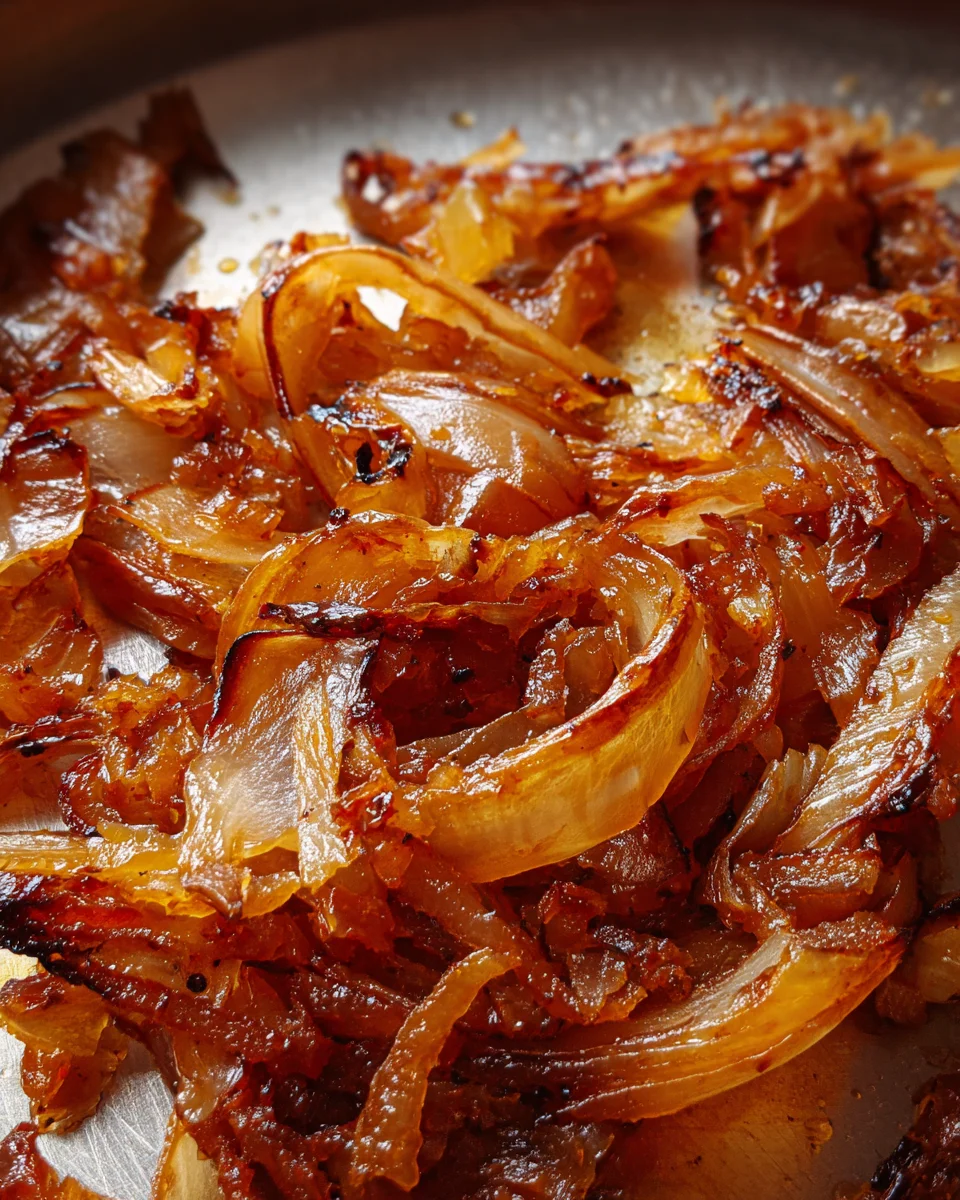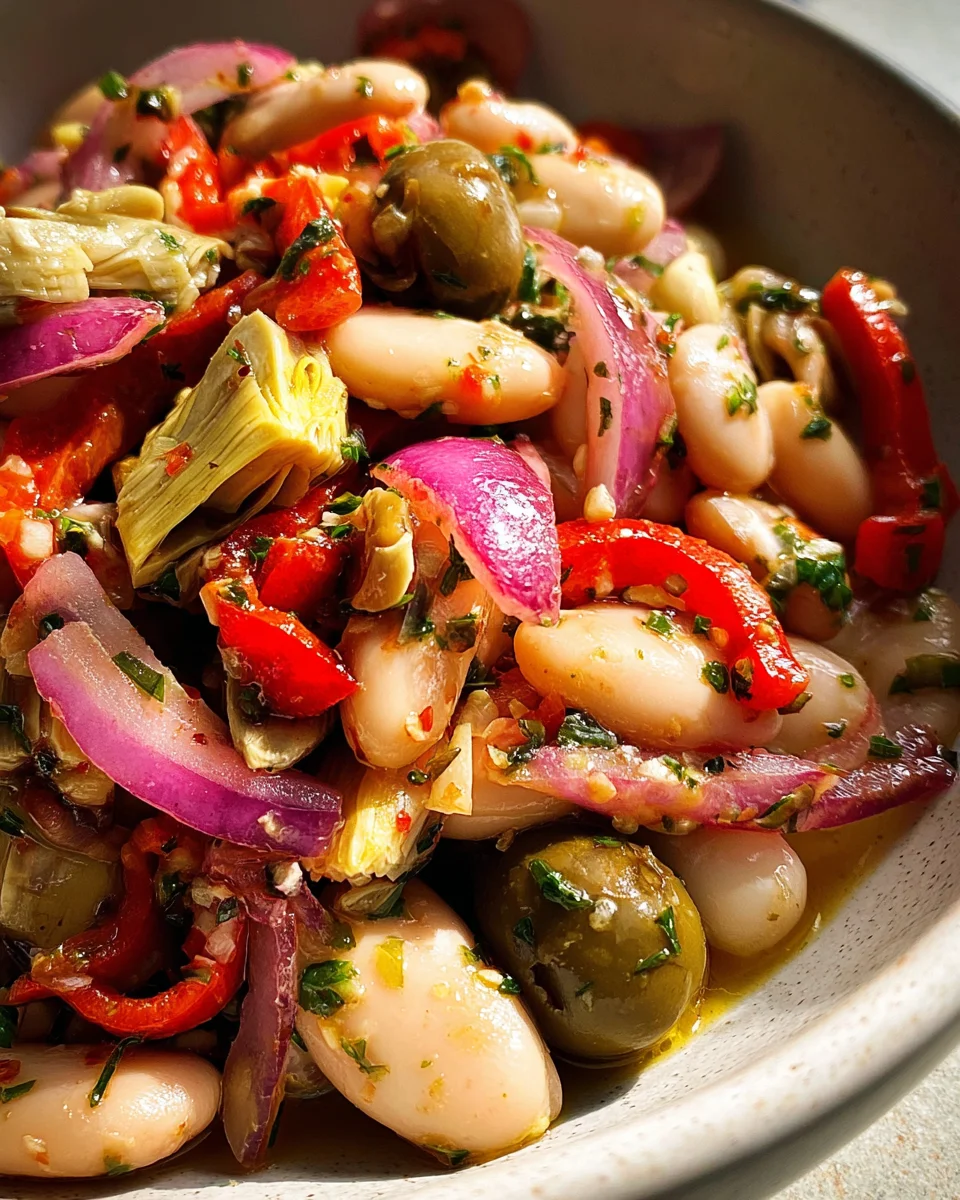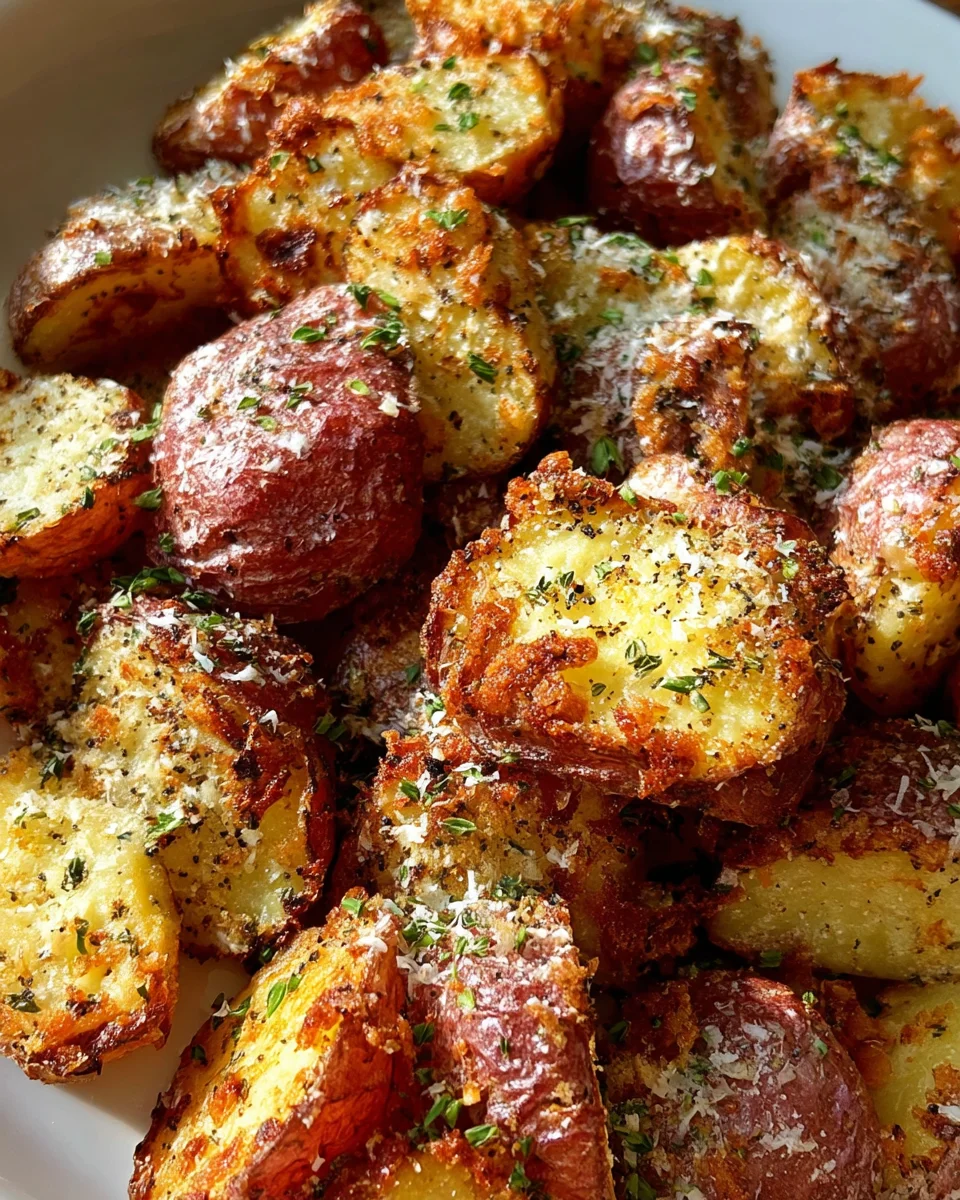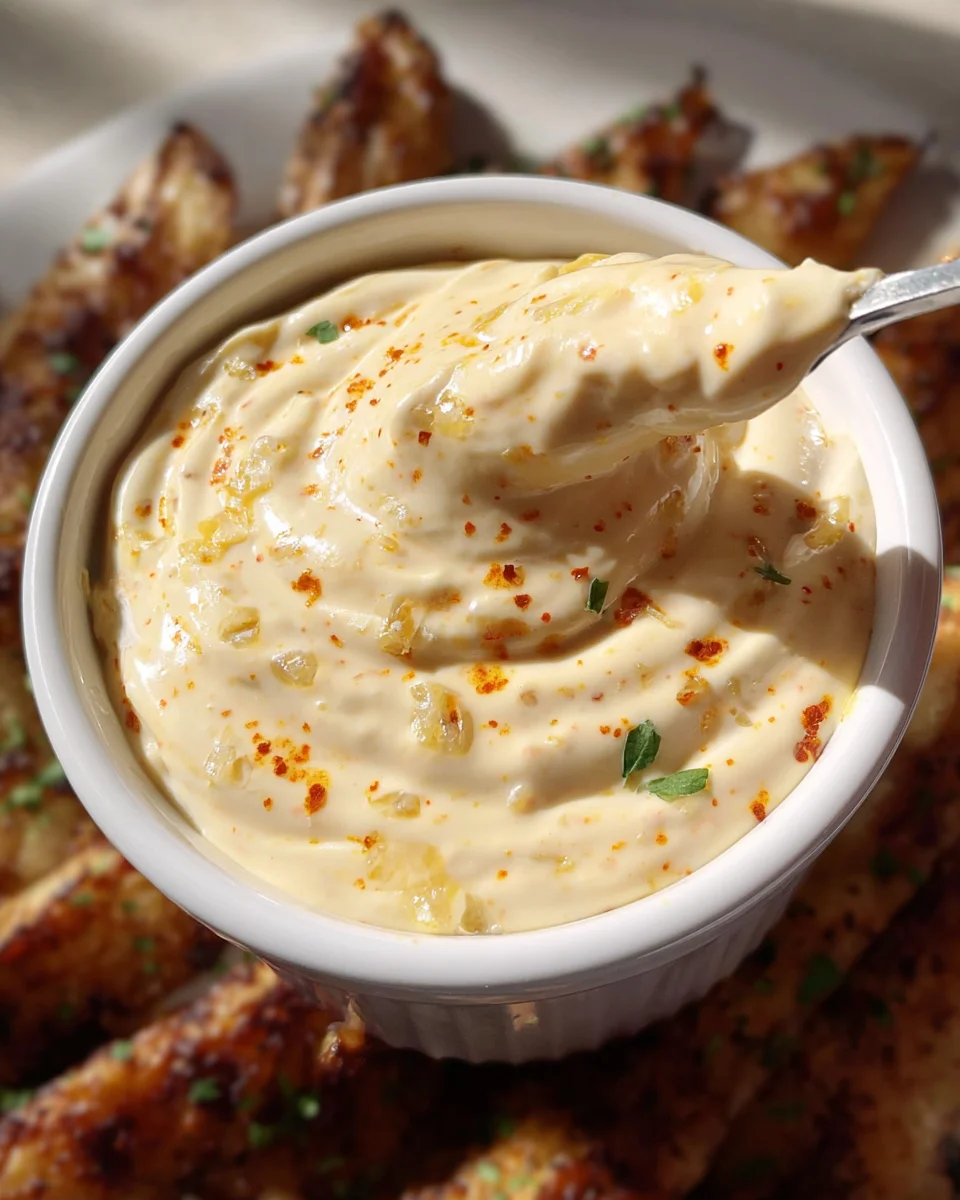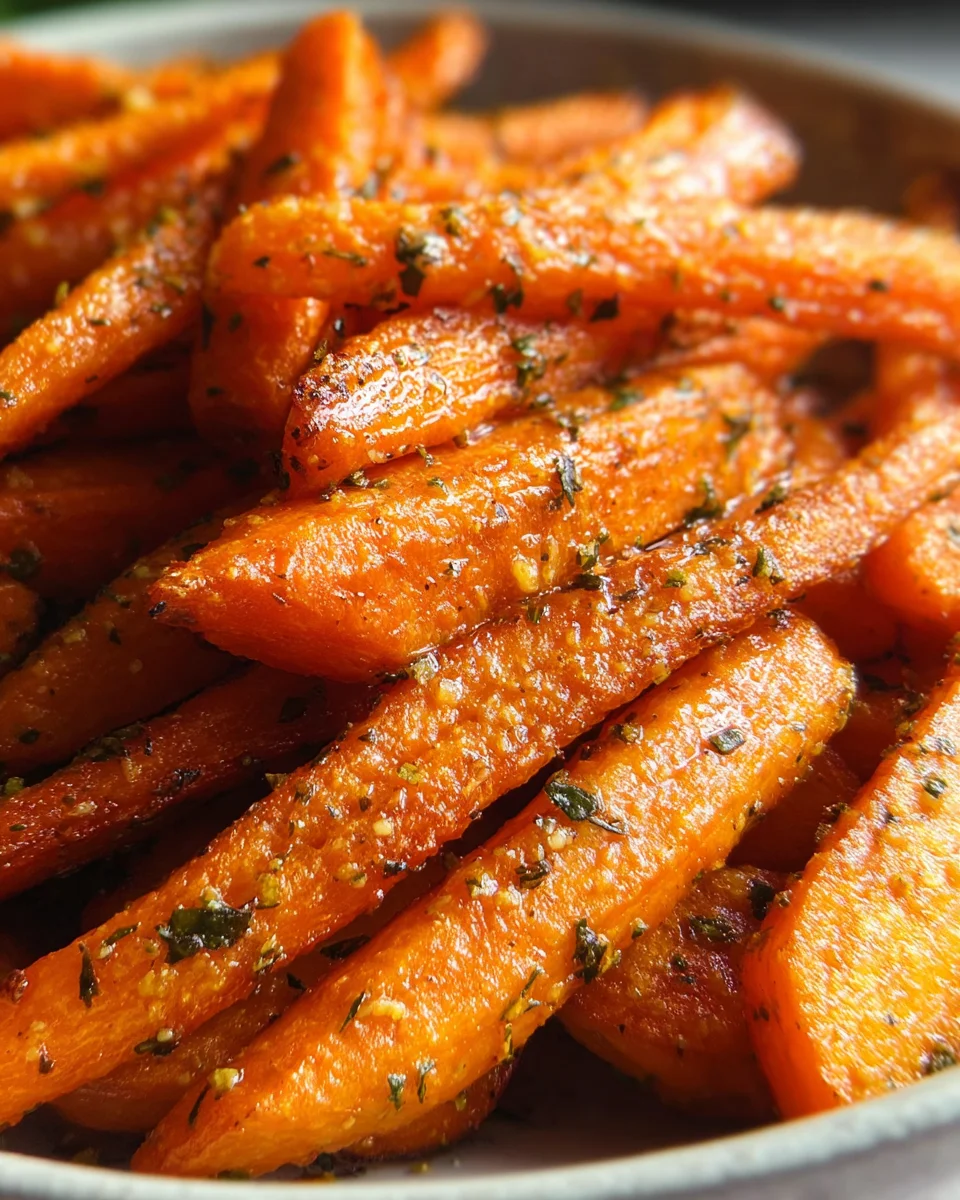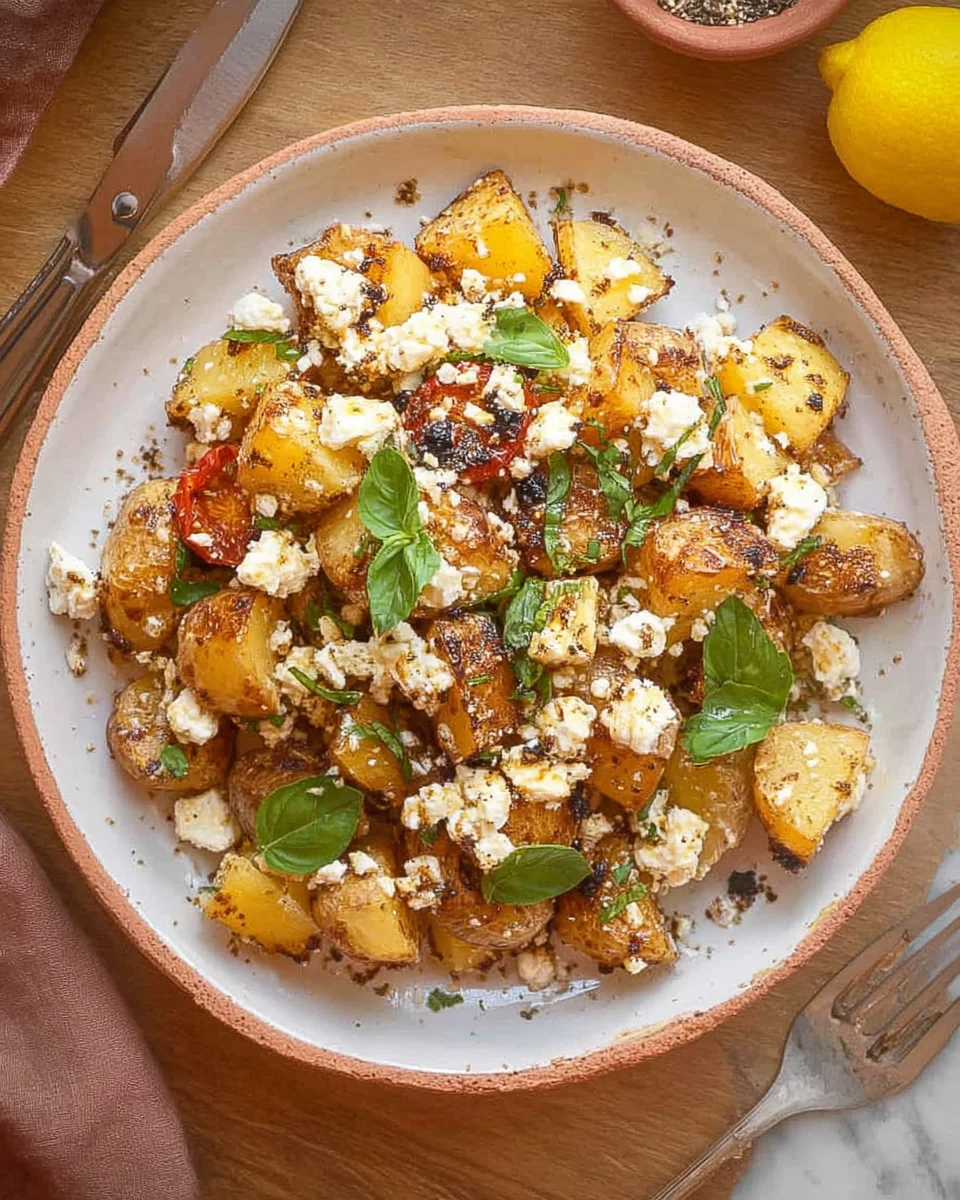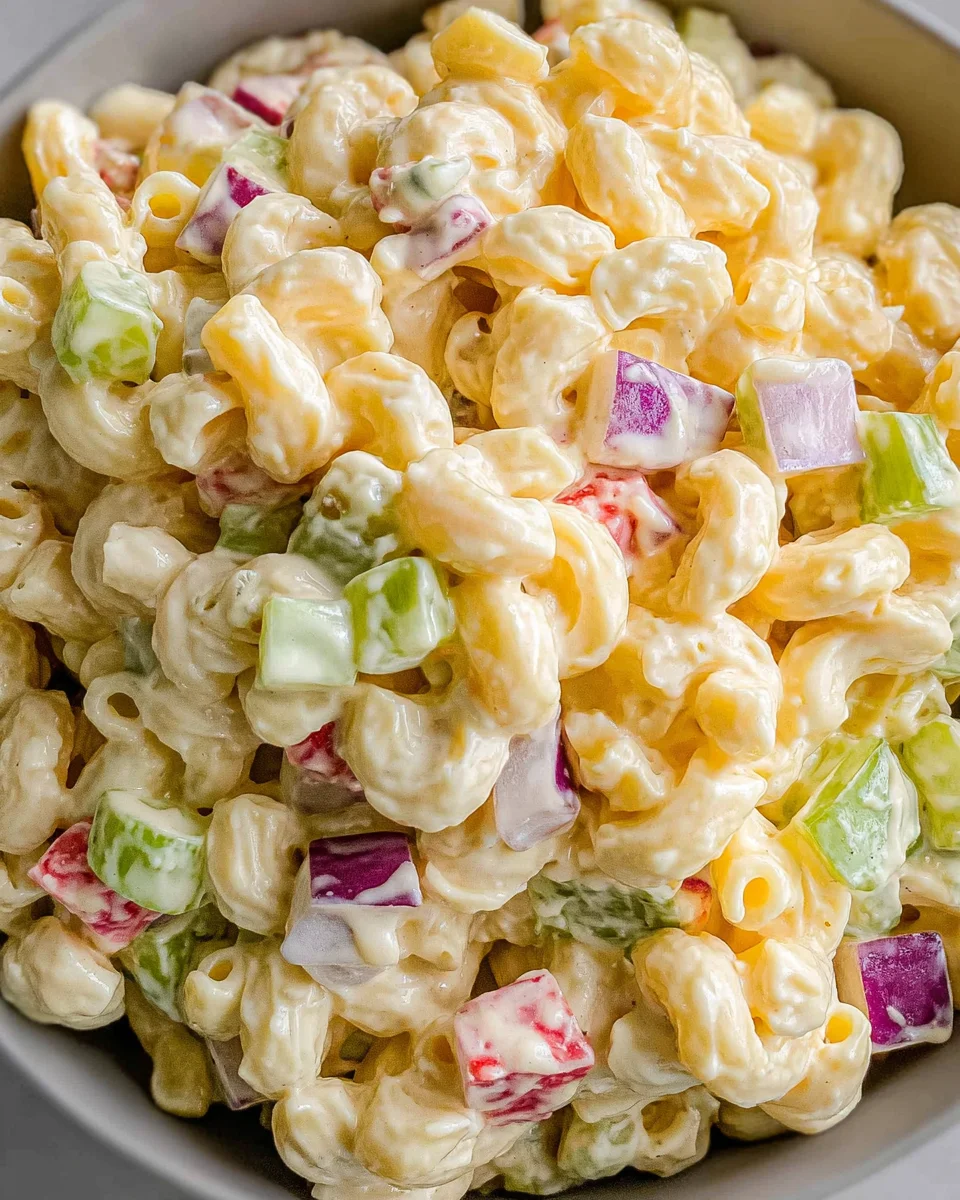Caramelized Onions
The versatility of caramelized onions makes them a favorite in many kitchens. Their rich, sweet flavor enhances a variety of dishes, from savory tarts to comforting soups. Whether you’re preparing a fancy dinner or a casual meal, caramelized onions add depth and complexity. This recipe provides clear instructions to achieve perfectly caramelized onions every time.
Why You’ll Love This Recipe
- Easy to Make: With just a few ingredients, you can create a flavorful addition to any dish.
- Versatile Usage: Perfect for adding to burgers, pasta, or as a topping for pizzas.
- Rich Flavor: The slow cooking process brings out the natural sweetness of the onions, making them irresistible.
- Healthy Side: Low in calories and packed with nutrients, caramelized onions are both delicious and nutritious.
- Impressive Presentation: Elevate your dishes with beautifully golden-brown onions that look as good as they taste.
Tools and Preparation
To prepare caramelized onions efficiently, having the right tools is essential. These items will help you achieve the best results while keeping your cooking experience smooth and enjoyable.
Essential Tools and Equipment
- Large skillet
- Spatula
- Knife
- Cutting board
Importance of Each Tool
- Large skillet: A wide surface ensures even cooking and prevents overcrowding of the onions.
- Spatula: Ideal for stirring the onions gently without breaking them apart.
- Knife: A sharp knife makes slicing onions easy and safe.
- Cutting board: Provides a stable surface for cutting and protects your countertops.
Ingredients
For this delicious recipe, gather the following ingredients:
Main Ingredients
- 2 tablespoons olive oil
- 3 onions (medium or large, sliced)
- Pinch of salt
- 1 tablespoon balsamic vinegar
How to Make Caramelized Onions
Step 1: Heat the Oil
Heat 2 tablespoons of olive oil in a large skillet over high heat. When the oil is hot, add the sliced onions. Cook on high heat for about 10 minutes while constantly stirring with your spatula. The goal is to start browning the onions without burning them—some may char slightly, but avoid charring overall.
Step 2: Add Salt
Reduce the heat to medium after 10 minutes. Continue cooking and stirring the onions for another 10 minutes. This allows them to brown further without burning. At this stage, sprinkle just a pinch of salt over the onions to enhance their flavor.
Step 3: Slow Cook the Onions
Keep cooking the onions on medium or low heat for an additional 10 minutes. Stir occasionally to prevent sticking or burning. If they start to stick to the pan, add a little water. By now, you should have cooked the onions for a total of 30 minutes.
Step 4: Deglaze with Balsamic Vinegar
Remove the skillet from heat and sprinkle the cooked onions with a small amount of balsamic vinegar. Use your spatula to mix and scrape up any bits stuck on the bottom of the pan. This step adds extra flavor while coating your caramelized onions beautifully.
Enjoy your homemade caramelized onions as a delightful addition to various dishes!
How to Serve Caramelized Onions
Caramelized onions add a rich and sweet taste to many dishes. Their versatility makes them an excellent addition to numerous meals, enhancing flavors in both savory and sweet recipes.
On Top of Burgers
- Juicy beef or veggie burgers topped with caramelized onions create a delicious contrast of flavors.
In Grilled Cheese Sandwiches
- Adding caramelized onions to grilled cheese elevates this classic comfort food into something gourmet.
As a Pizza Topping
- Spread caramelized onions over your favorite pizza for a unique twist that pairs well with cheese and meats.
Mixed into Pasta Dishes
- Stirring caramelized onions into pasta adds depth and sweetness, making your dish even more satisfying.
In Soups and Stews
- Use caramelized onions as a base flavor in soups and stews for a rich taste that enhances the overall dish.
As a Side for Roasted Meats
- Serve alongside roasted chicken or beef to complement the savory flavors with their natural sweetness.
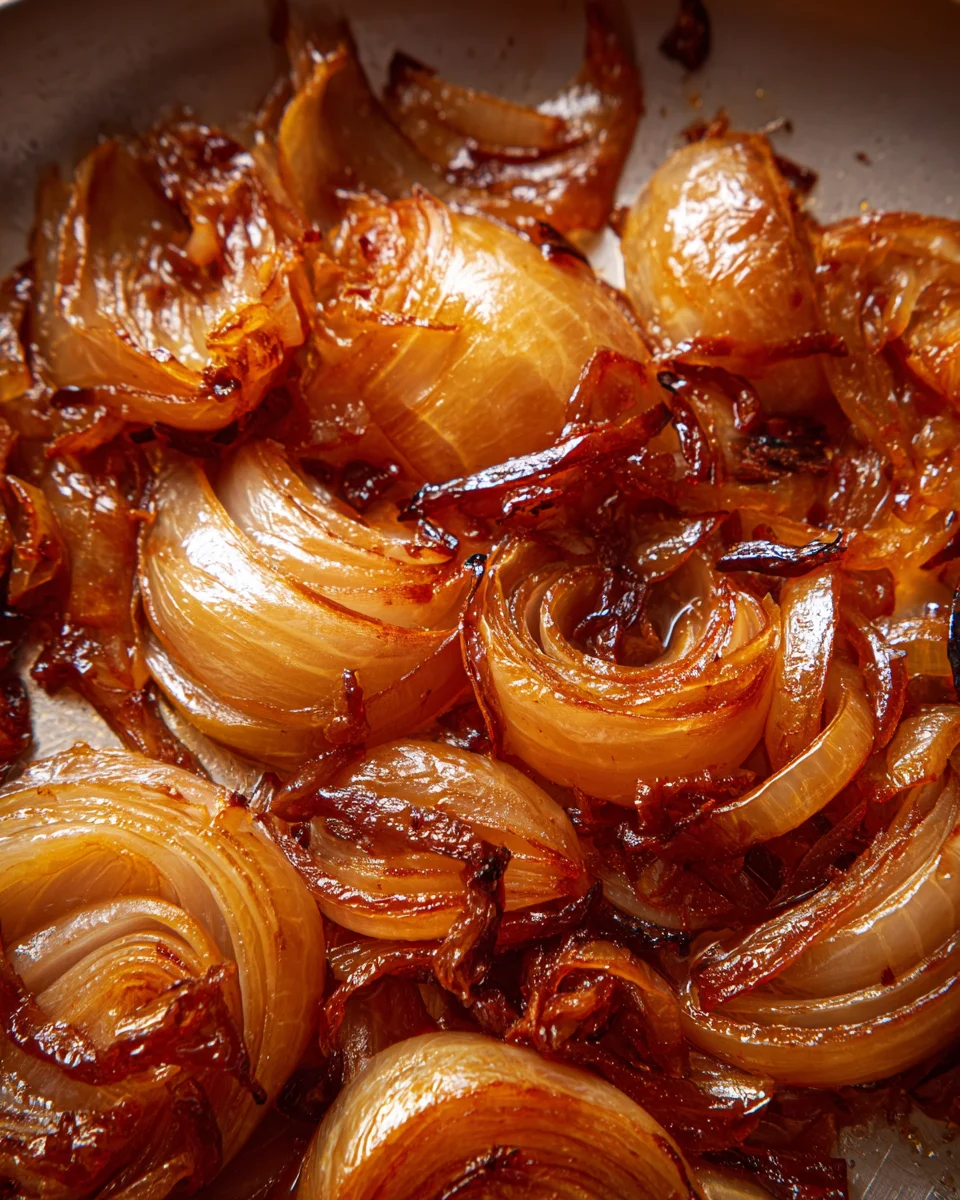
How to Perfect Caramelized Onions
Perfecting caramelized onions takes time and technique. With these tips, you can achieve that deep, rich flavor every time.
- Use the right pan: A heavy-bottomed skillet distributes heat evenly, preventing hotspots that can burn the onions.
- Cook low and slow: Patience is key; cooking on low heat allows the sugars in the onions to caramelize without burning.
- Add salt early: Sprinkling a pinch of salt at the beginning helps draw out moisture from the onions, aiding in the caramelization process.
- Deglaze for flavor: Adding balsamic vinegar or broth at the end lifts any flavorful bits stuck to the pan, enriching your caramelized onions.
- Stir regularly: Keep stirring every so often to ensure even cooking and prevent sticking or burning.
- Experiment with varieties: Different onion types like yellow or red can offer unique flavors—experiment to find your favorite!
Best Side Dishes for Caramelized Onions
Caramelized onions pair beautifully with various side dishes. Here are some great options to consider when serving them.
-
Roasted Vegetables
A mix of seasonal veggies roasted until tender complements the sweetness of caramelized onions perfectly. -
Mashed Potatoes
Creamy mashed potatoes topped with caramelized onions create a comforting side dish full of flavor. -
Quinoa Salad
A refreshing quinoa salad mixed with vegetables and topped with caramelized onions provides a hearty yet light option. -
Risotto
Creamy risotto garnished with caramelized onions adds richness and depth, making it an elegant side dish. -
Grilled Asparagus
The slight bitterness of grilled asparagus paired with sweet caramelized onions makes for an exquisite combination. -
Garlic Bread
Toasted garlic bread slathered with butter and topped with warm caramelized onions creates an irresistible appetizer or side.
Common Mistakes to Avoid
Caramelizing onions can be tricky, but avoiding common mistakes will help you achieve perfect results. Here are some pitfalls to stay away from:
- Using high heat: Cooking onions on high heat may lead to burnt edges while leaving the center raw. Instead, start high to get them going, then lower the heat for even caramelization.
- Not stirring enough: Leaving onions unattended can cause them to burn. Stir every few minutes to ensure uniform cooking and prevent sticking.
- Skipping the salt: Adding salt at the beginning helps draw out moisture, which is crucial for caramelization. Don’t forget this step!
- Rushing the process: Caramelizing onions takes time. If you rush, you’ll miss that deep flavor. Be patient and allow up to 30 minutes for perfect results.
- Using the wrong pan: A non-stick pan might not give you the right browning effect. Opt for a heavy-bottomed skillet or cast iron for best results.
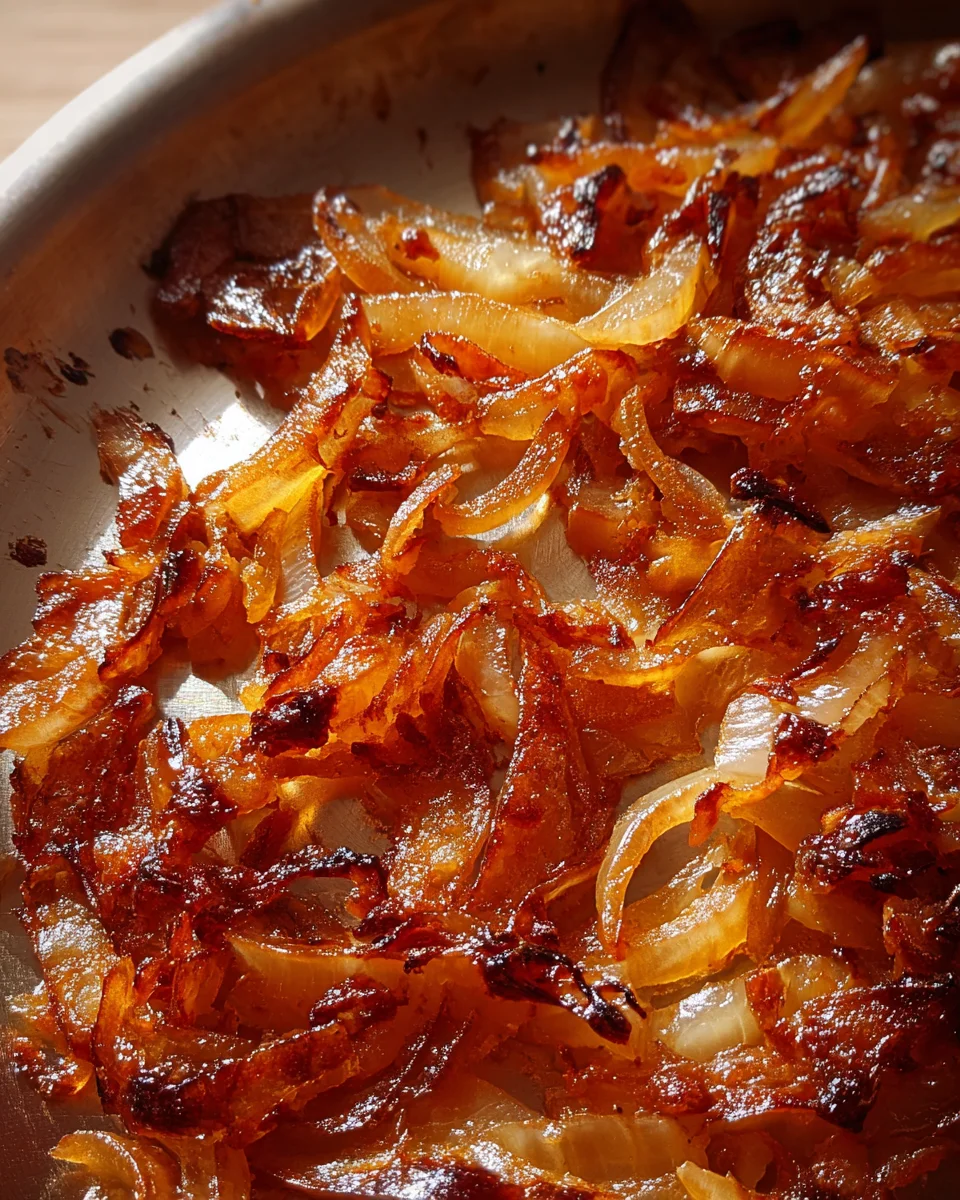
Storage & Reheating Instructions
Refrigerator Storage
- Store in an airtight container.
- Keep in the fridge for up to 5 days.
Freezing Caramelized Onions
- Place cooled onions in freezer-safe bags or containers.
- They can be frozen for up to 3 months.
Reheating Caramelized Onions
- Oven: Preheat to 350°F (175°C) and spread onions on a baking sheet. Heat until warmed through.
- Microwave: Place in a microwave-safe bowl and cover loosely. Heat in 30-second intervals until warm.
- Stovetop: Heat in a skillet over medium-low heat, adding a splash of water if necessary to prevent sticking.
Frequently Asked Questions
Here are some commonly asked questions about caramelized onions that may help clarify your cooking process.
What are caramelized onions?
Caramelized onions are slow-cooked onions that develop a rich, sweet flavor as their natural sugars break down through cooking.
How long does it take to caramelize onions?
It typically takes about 30-40 minutes on medium-low heat to achieve perfectly caramelized onions.
Can I use different types of onions?
Yes! While yellow onions are most common, you can use sweet or red onions for unique flavors in your caramelized dish.
How do I know when my onions are done?
Caramelized onions should be deep golden brown and have a sweet aroma. They should also be soft and tender when done.
Can I add other ingredients while caramelizing?
Absolutely! You can enhance your caramelized onions with herbs, garlic, or spices during the cooking process for added depth of flavor.
Final Thoughts
Caramelized onions are not just a side dish; they elevate various recipes with their sweet and savory notes. Their versatility allows you to customize them with herbs or spices as desired. Try this recipe today and experience the delightful flavors of perfectly caramelized onions!
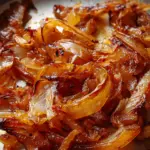
Caramelized Onions
- Total Time: 40 minutes
- Yield: Approximately 4 servings 1x
Description
Caramelized onions are a culinary treasure, transforming ordinary dishes into gourmet delights. Their slow-cooked, sweet flavor enhances everything from burgers to pasta, making them an essential ingredient in any kitchen. This recipe helps you easily achieve perfectly caramelized onions every time, ensuring they are beautifully golden-brown and packed with rich flavor. With just a few simple ingredients and steps, you can elevate your meals and impress your guests. Discover the joy of adding these delectable onions to your favorite recipes today!
Ingredients
- 2 tablespoons olive oil
- 3 medium or large onions, sliced
- Pinch of salt
- 1 tablespoon balsamic vinegar
Instructions
- Heat olive oil in a large skillet over high heat. Add sliced onions and cook while stirring for about 10 minutes until they start to brown.
- Reduce heat to medium and add a pinch of salt. Continue cooking for another 10 minutes, stirring occasionally.
- Lower the heat further and cook for an additional 10 minutes, stirring occasionally to prevent sticking.
- Remove from heat, add balsamic vinegar, and stir to incorporate.
- Prep Time: 10 minutes
- Cook Time: 30 minutes
- Category: Condiment
- Method: Sautéing
- Cuisine: Various
Nutrition
- Serving Size: 1/4 cup (60g)
- Calories: 70
- Sugar: 6g
- Sodium: 90mg
- Fat: 5g
- Saturated Fat: 0.5g
- Unsaturated Fat: 4g
- Trans Fat: 0g
- Carbohydrates: 8g
- Fiber: 1g
- Protein: 1g
- Cholesterol: 0mg

